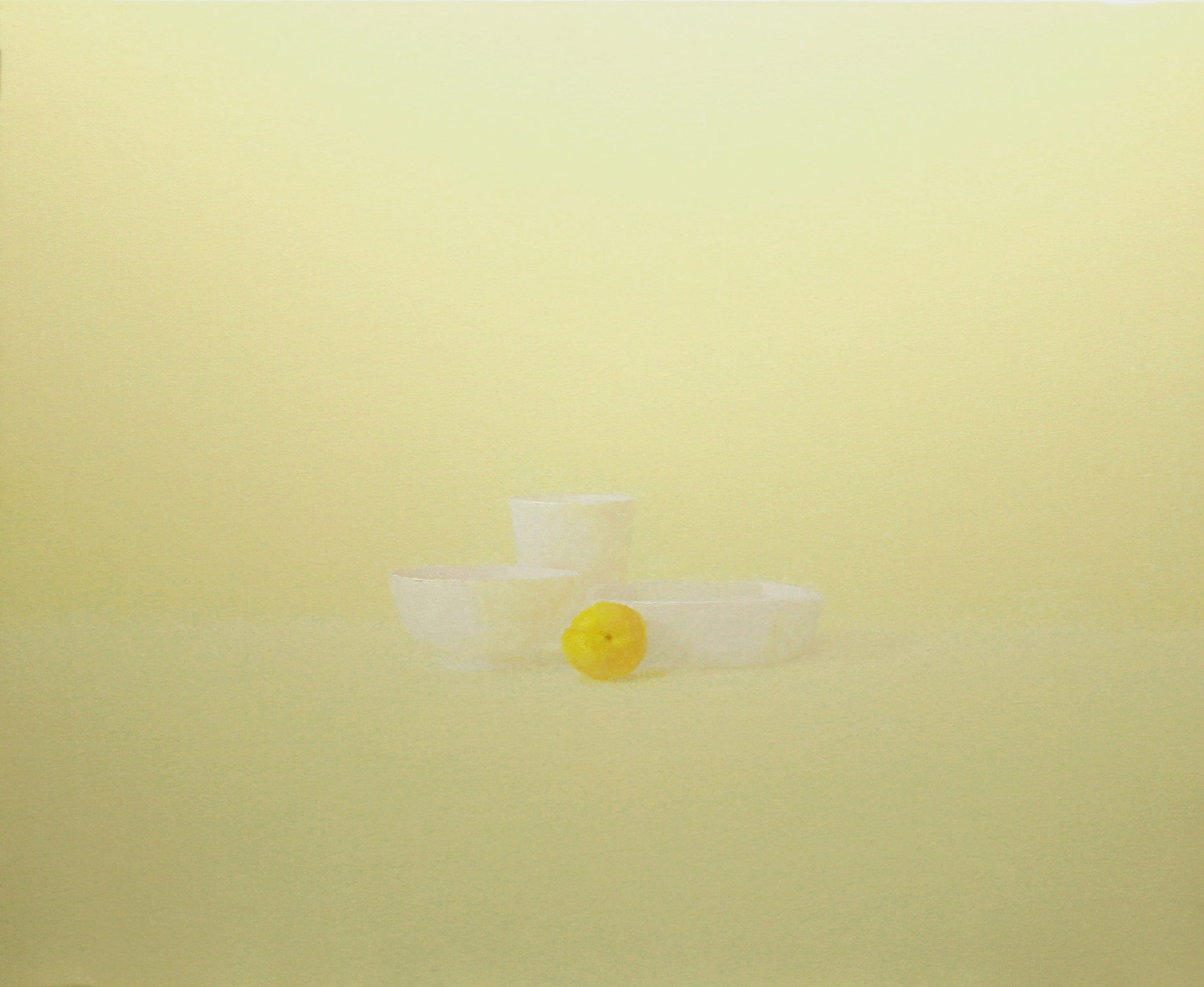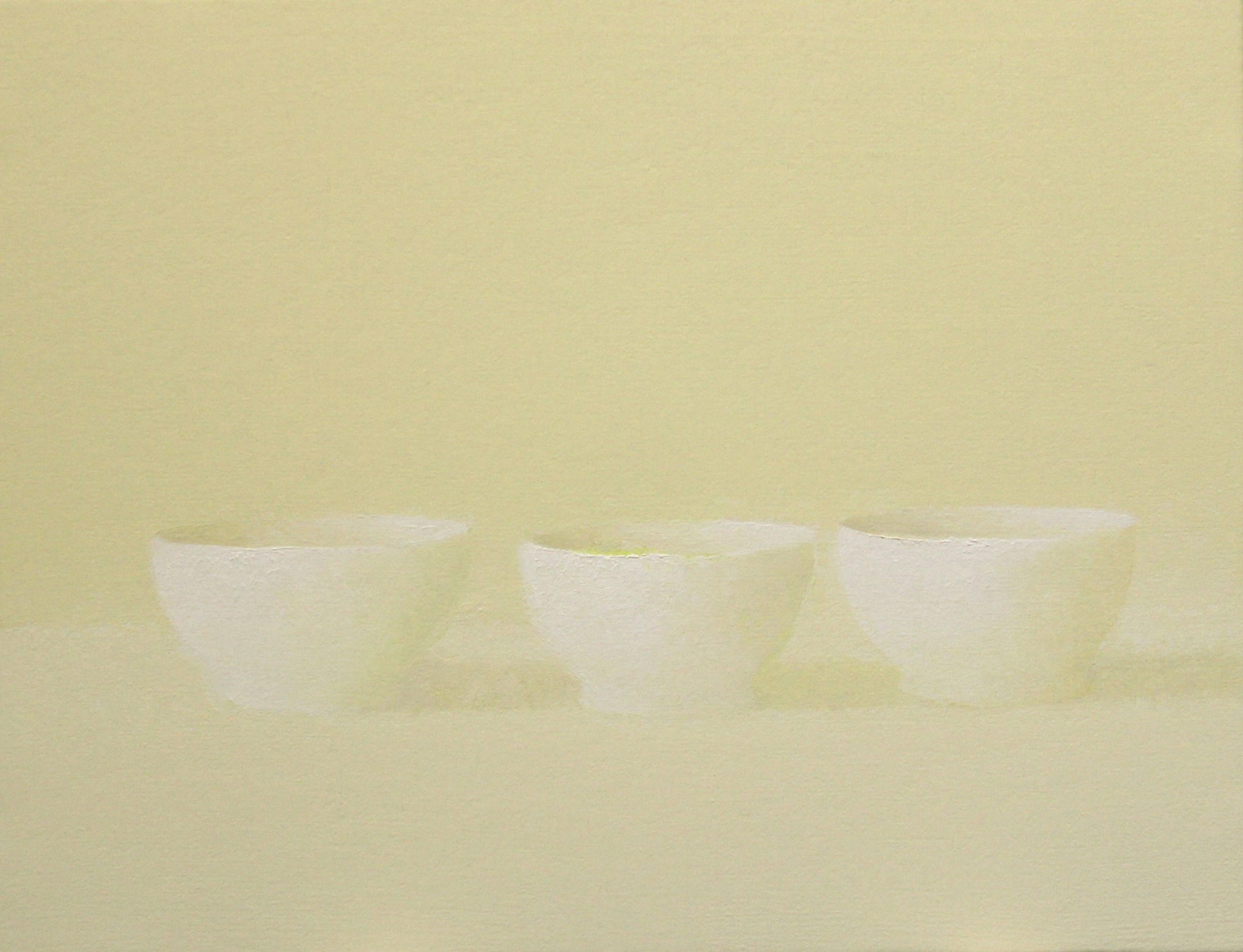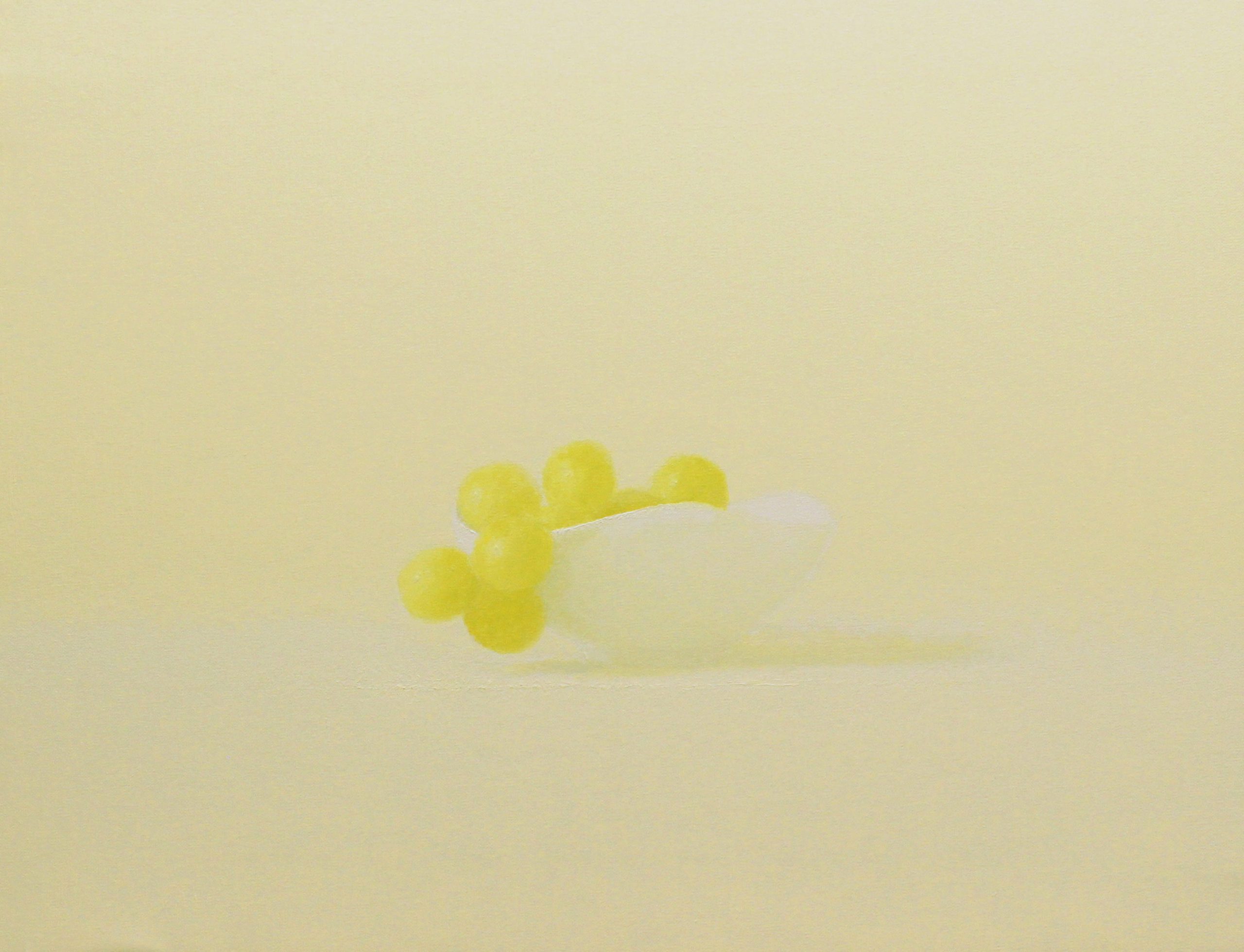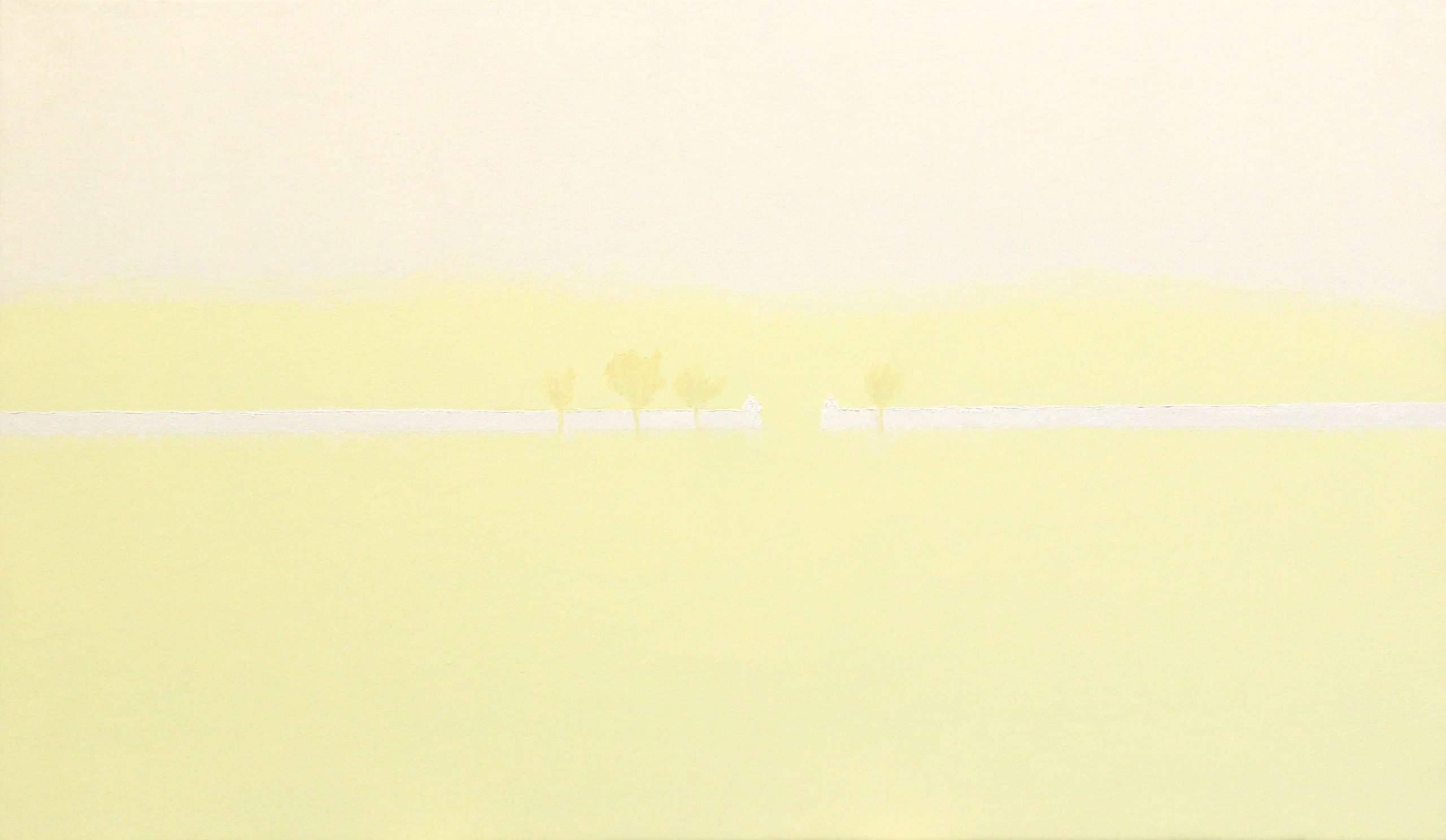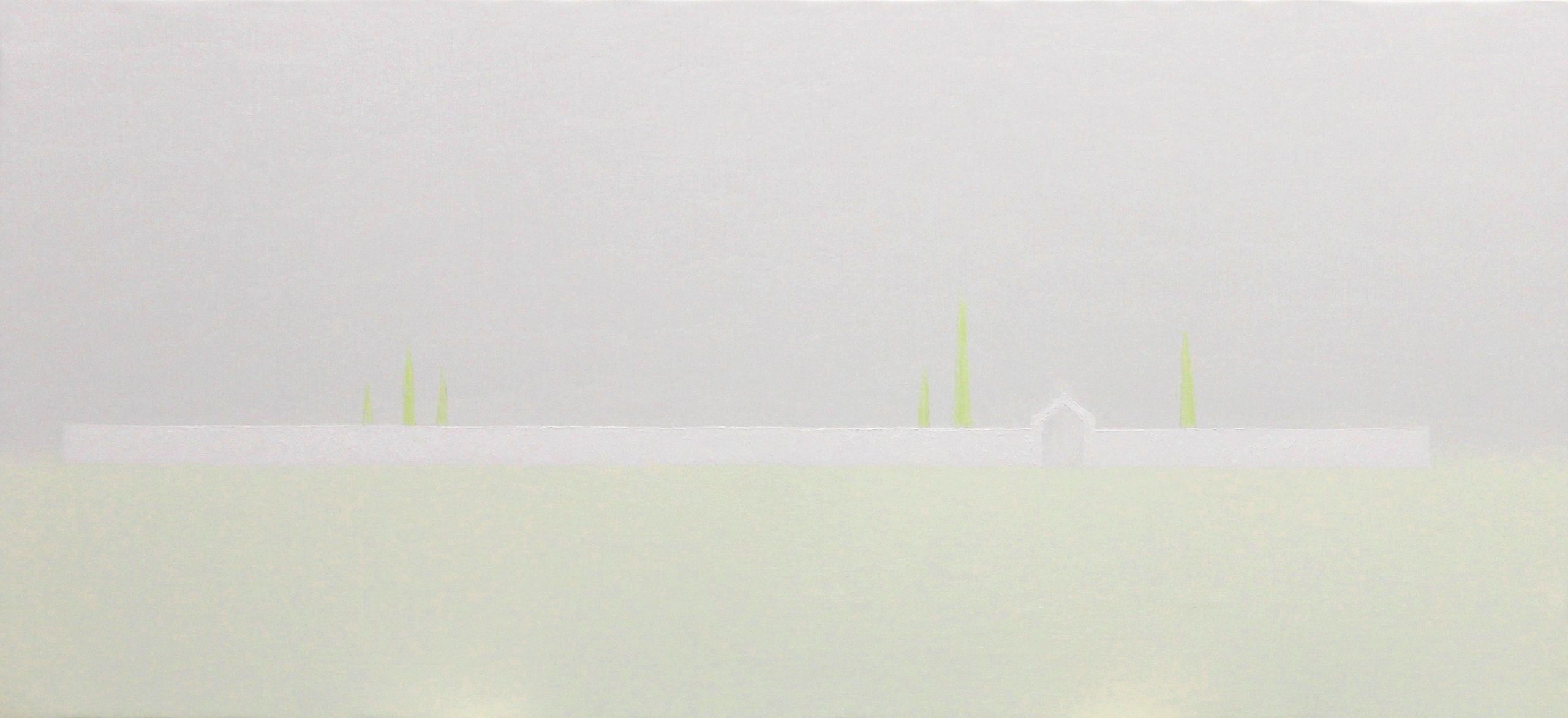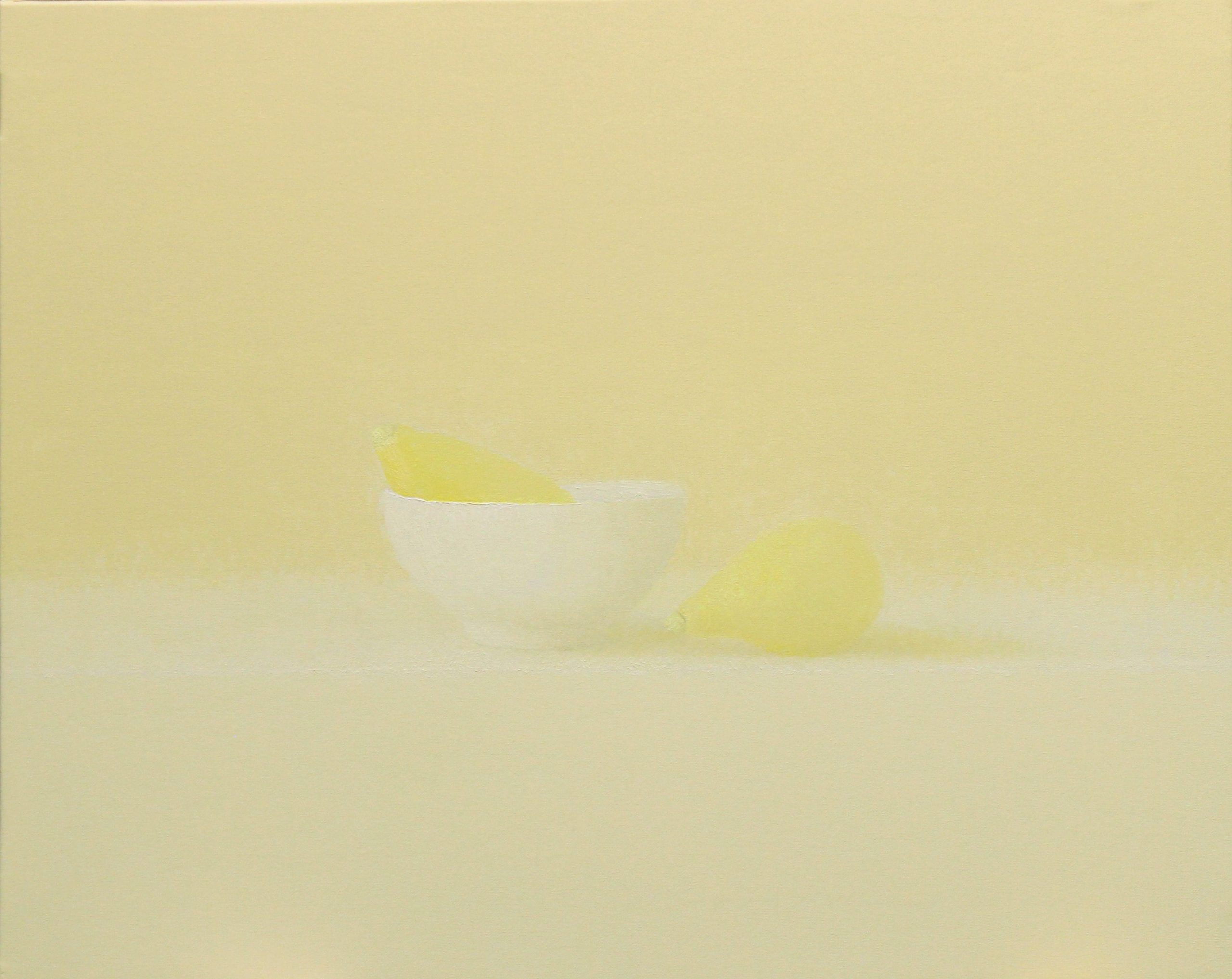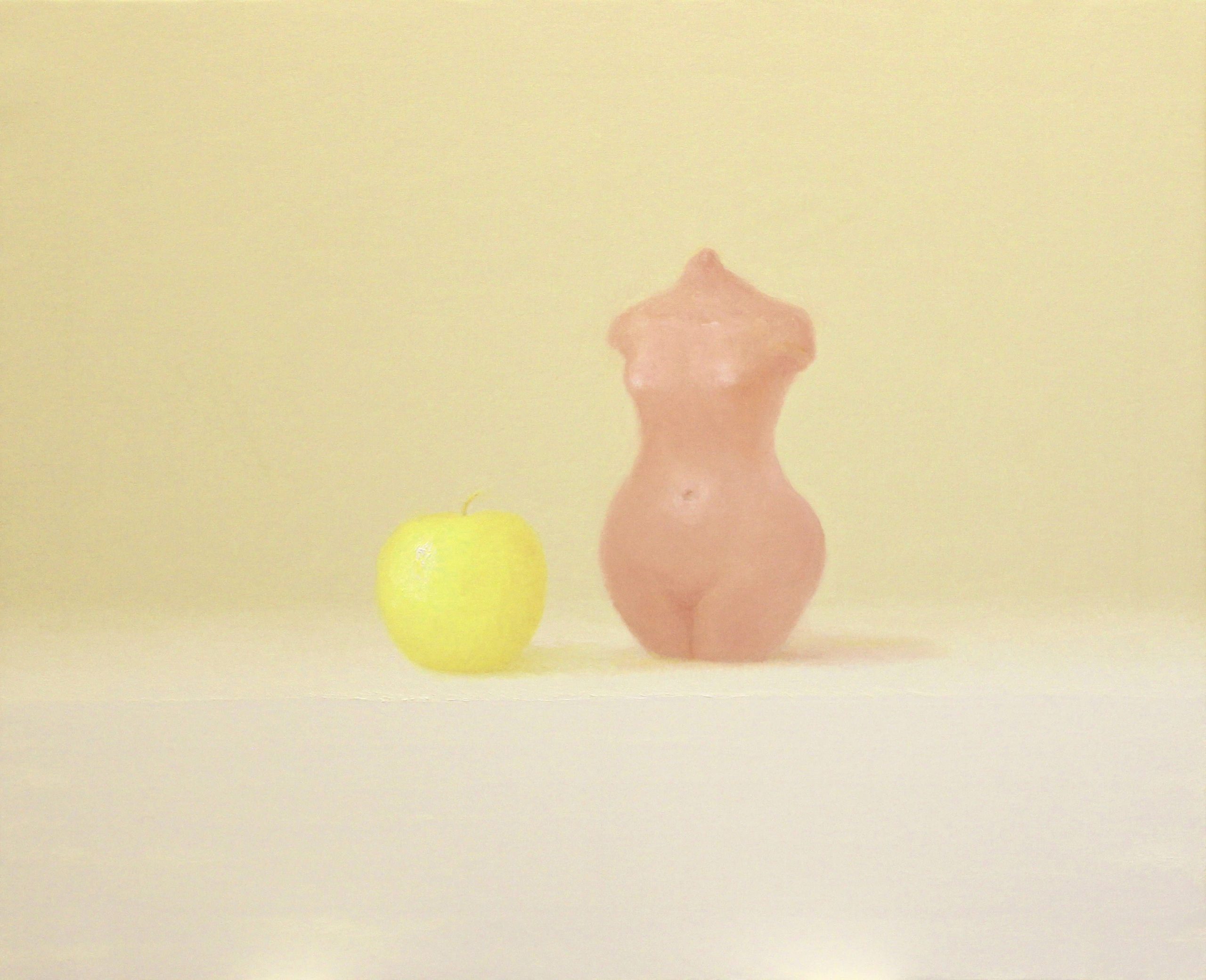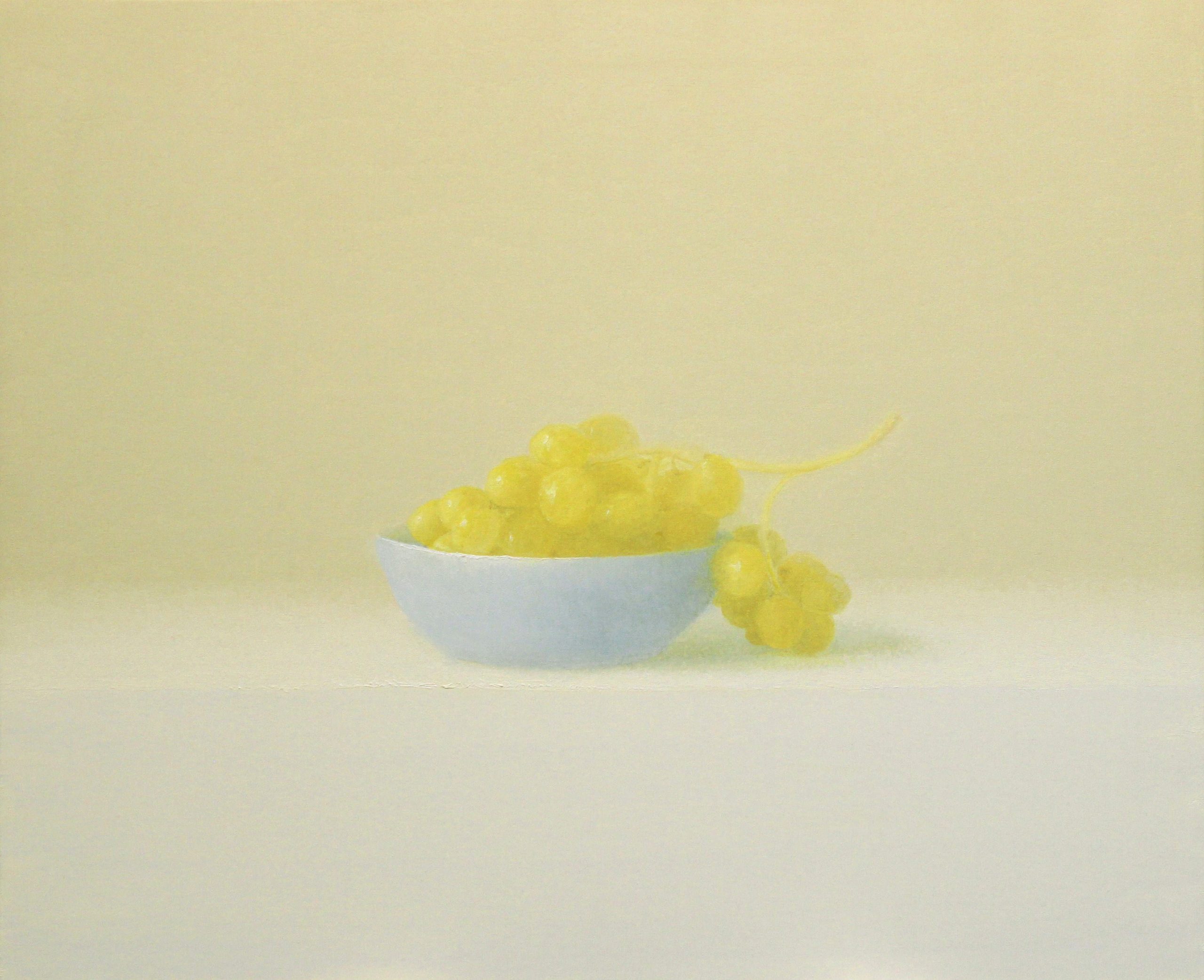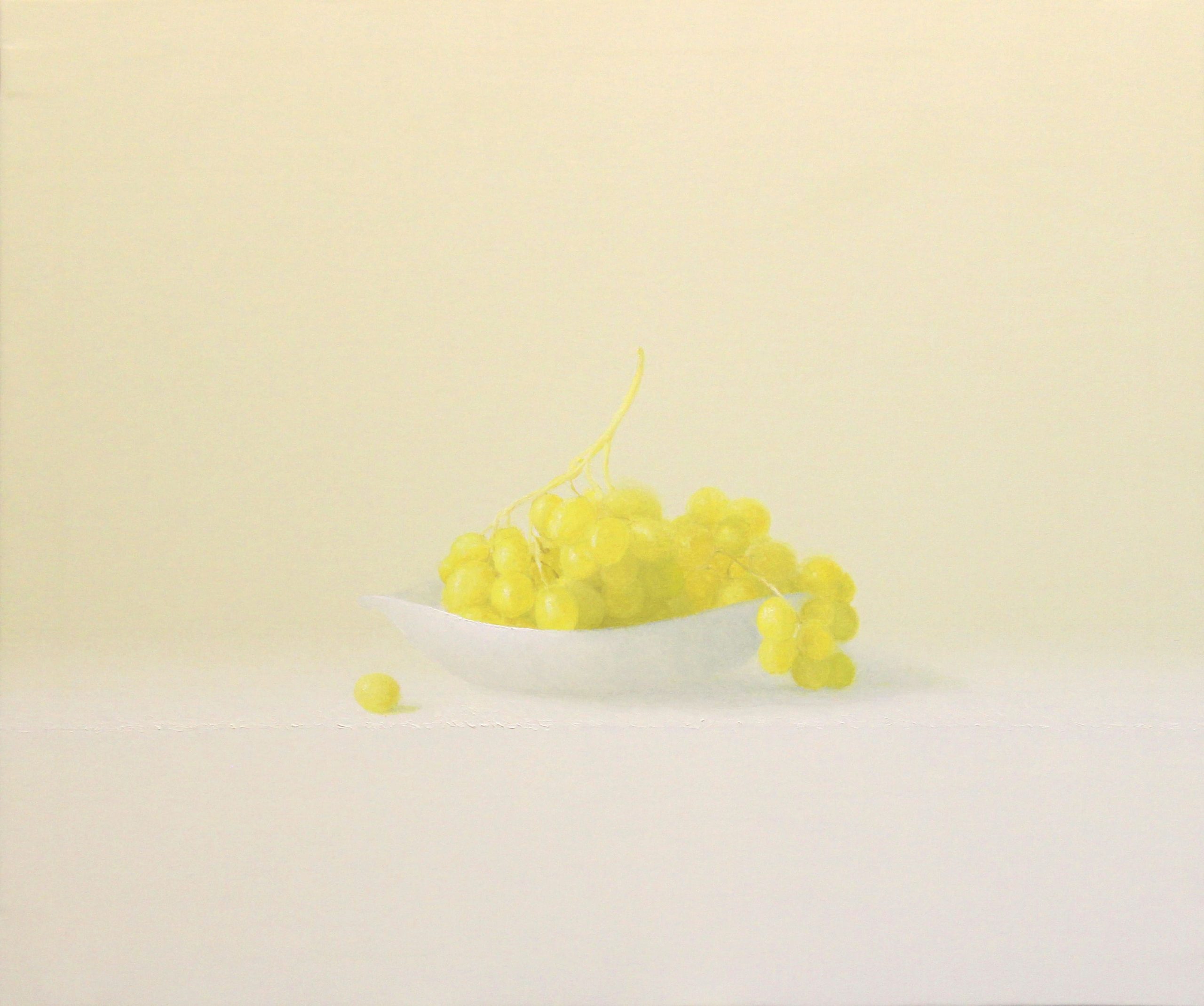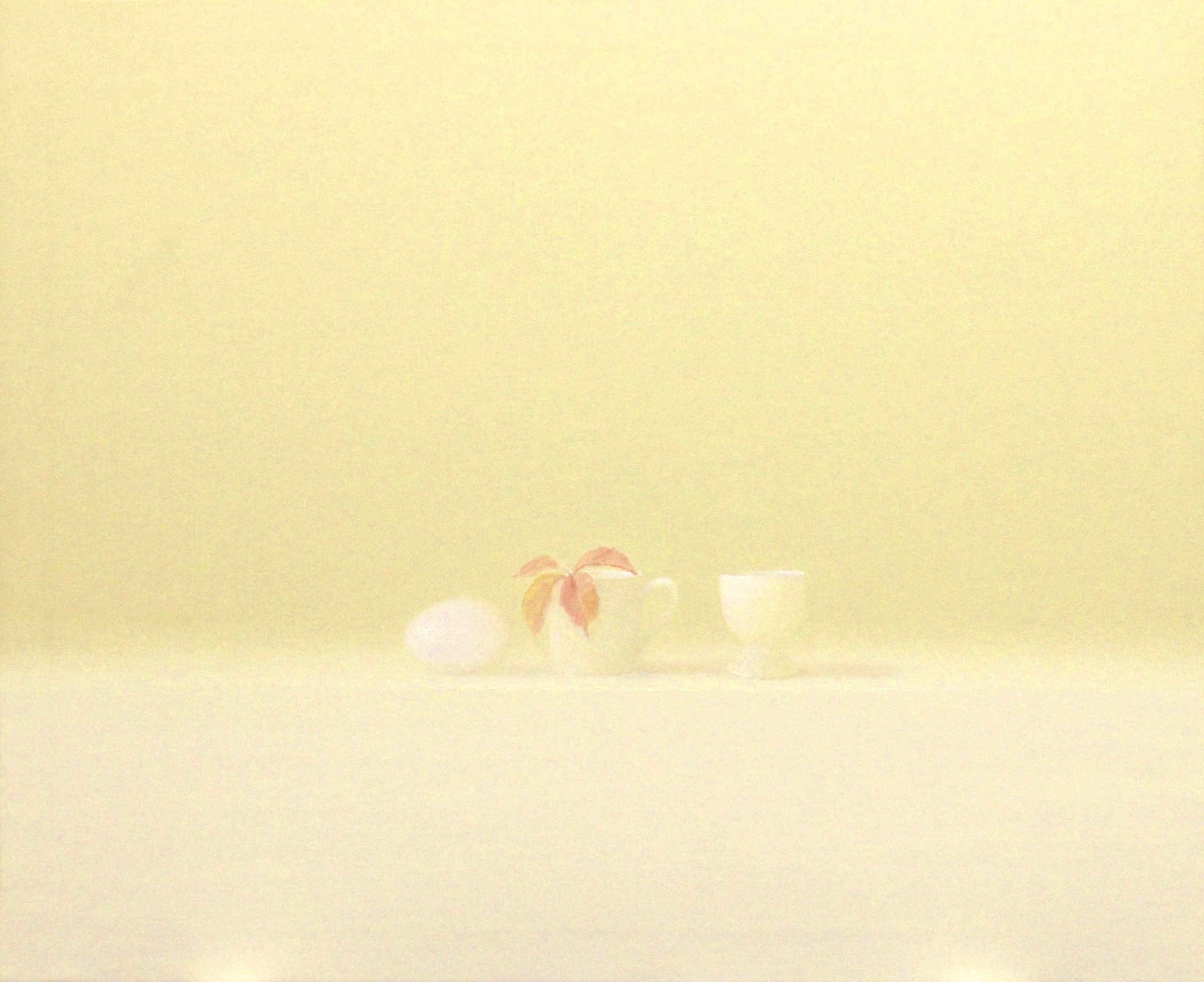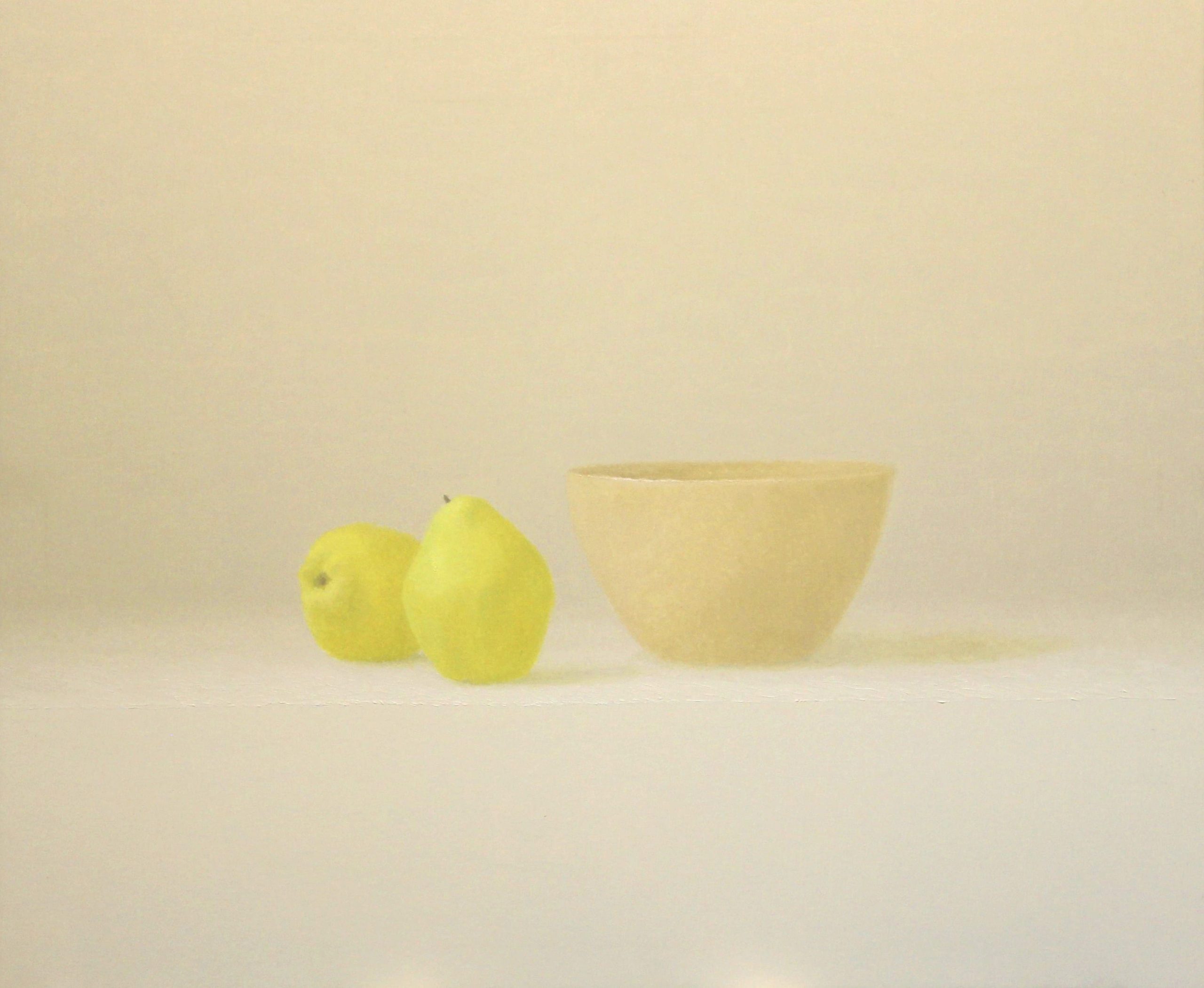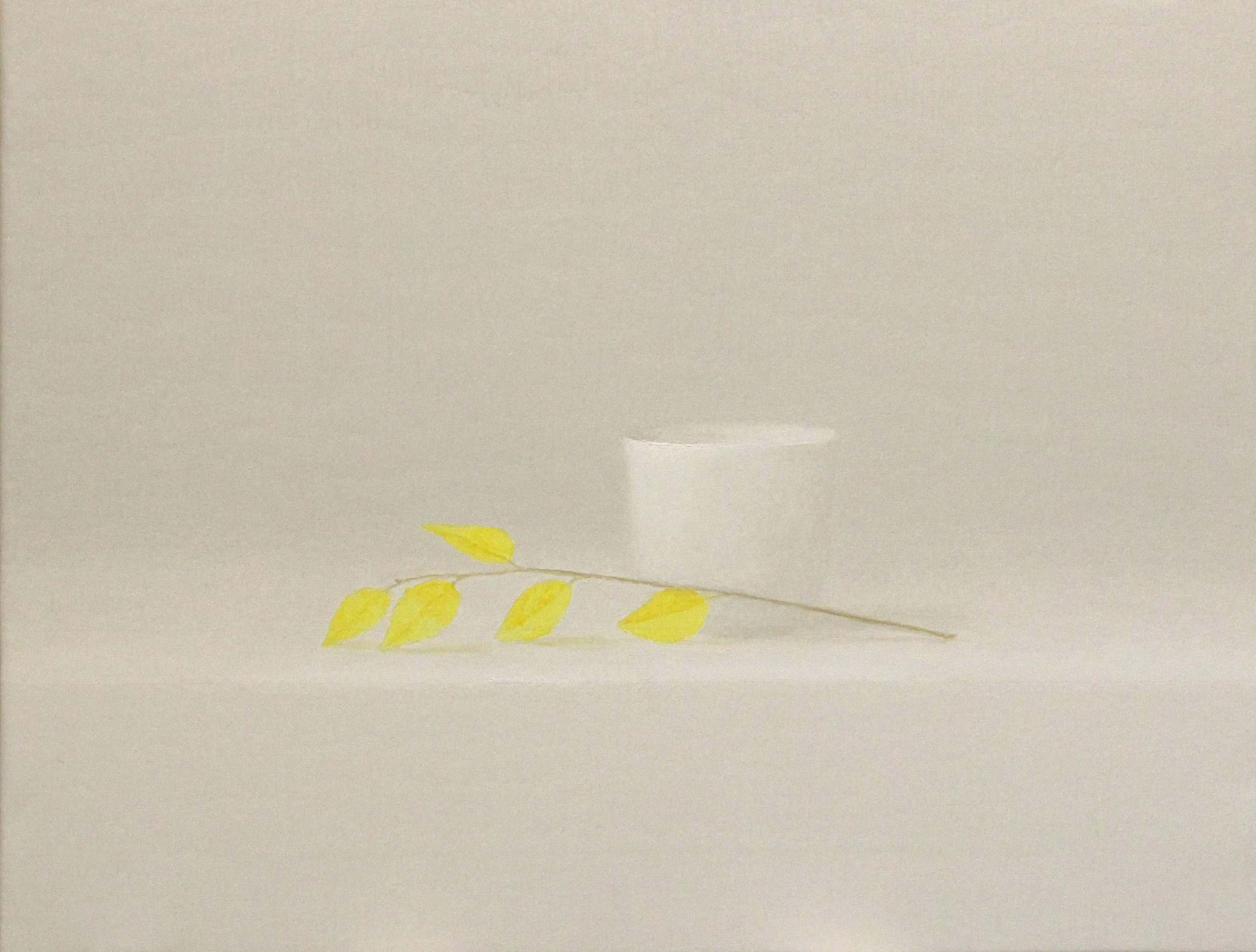PINTURAS Y DIBUJOS 2021-2023
Juan Carlos Lázaro
More information about
JUAN CARLOS LÁZARO AND THE ESSENCE OF PAINTING
Painting seems to disappear as a plastic creation. It is the result of a long process, which was announced with the destruction of the human figure and the decomposition of forms by Picasso and Braque, followed by Marcel Duchamp’s fountain and the simple presentation of any object of everyday reality, without any mystery – the main mystery is to discover it in the most everyday -, to end with the search for provocation or the selection of objects from the real world seen in the most banal way. At the same time, other tendencies developed which, by different routes, distanced painting from the painting away from the valid testimony of the beings and things that surround us. There have been different reactions to these negative both realist and abstract, which, with a few exceptions, have failed to discover that painting, in a world undergoing a transcendental transformation, is still alive.
If one looks closely, alongside the decline of our civilisation revealed by these testimonies and those recorded in other fields, one discovers these testimonies and those recorded in other fields, one also determines in some creators the need to find the meaning of art and culture in general. If we go deeper, we discover that it all lies in the loss of a sense of transcendence that art must achieve. In the work of the artist, we are going to refer to, what is most attractive and surprising is that it is the opposite of destruction, the senseless piling up of the senseless piling up of debris or provocation: the transcendent vision of reality.
Juan Carlos Lázaro is one of the few cases of a plastic creator who reconciles us with the pleasure of pure and simple contemplation. His painting places us at the limit point where true art reaches, where it faces the void, the nothingness, and no longer needs to jump, because it has reached what is difficult to reach. The forms seem to vanish, affirming a presence that takes on new values, because only with slight, evanescent evocations does the recreated object appear. The forms, although in the process they reach a high degree of abstraction – art, let us remember, has always been abstract and always realistic – seem on the verge of disappearing, in a way that they assert themselves more strongly.
Gradually, in the evolution that has been taking place over the last few years, glasses, cups, jugs, fruit, very simple objects, taken from everyday life, are enriched with the vitality and strength of what is condemned to disappear. This is how we could interpret the following words of John Keats referring to art and the beautiful in general: A thing of beauty is a joy forever. However, even if the great poet said this from a purely aesthetic position, in which Juan Carlos Lázaro’s paintings can be included, these paintings also share in the spirituality attributable to the vanitas character of a still life by Zurbarán or Juan Van Der Hamen, and symbolically remind us of the ephemeral nature of life and the evidence of death. Two different and, on some level contradictory, ways of seeing the profound condition of art. In my opinion, Lazaro’s is always a transcendent vision, which fuses transcendent vision, merging both Keats’s vision and that of considering these works as true vanitas, because transcendence supposes the permanence of life understood as a deeper way, on another level.
The result is that these objects take on an absolutely new and revealing value of what true and best art aspires to achieve: its spiritual meaning. The latter is a word that many artists and followers of art discredited, for many artists and followers of art, and which we must see as far from any necessary allusion to religious confessions, concrete or not. It refers to making us glimpse something beyond and higher than what is rationally knowable. Such an art can be the real or the apparent dramatism of a Caspar David Friedrich, the essentiality and purity of a Rothko, the simplicity and everydayness of a still life by the aforementioned Zurbarán and Van der Hamen, as well as the pure and happy landscapes of Godofredo Ortega Muñoz. Along these lines is the painting of Juan Carlos Lázaro, who with his simple glasses, cups, jugs, fruit and twigs, transports us to a vision of everyday life, which is suddenly mysterious and clear.
If we look at the process followed and go back to what we have been able to see from previous decades, we can see that everything that has been said already points to this. Simplicity of the subjects, even if they were men’s faces, women’s figures, water jugs, pitchers, geometrically ordered elements. This confirms the profound order of his later works, including his most recent ones. There is a rigour. In a time of destruction and disorder, in Juan Carlos Lázaro’s work there is a strict order, which is the best way to maintain order. In his process of artistic development, there are no gratuitous jumps or abrupt changes. The Goethean aspiration for order as something essential and first, but Goethe himself discovered it in nature during his scientific research.
We must congratulate ourselves for being able to count, in our current art, with an extraordinary artist like Juan Carlos Lázaro, a consistent and demanding creator, who reveals to us the often neglected or undervalued values that we have in front of us. All of this is the result of his love for reality, for knowing how to see, through him, what is usually invisible.
JOSÉ CORREDOR-MATHEOS
PRESS
Bautista Toledo, Francisco – «Sumido en la claridad». Pressreader, 17/11/2023
